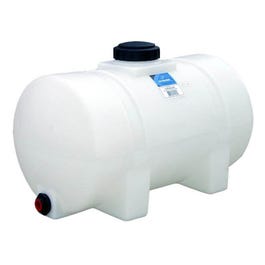- Joined
- Apr 29, 2019
- Messages
- 32
- Reaction score
- 85
Finally finished my mixing station a couple months back, just now getting around to posting about it.
Two 25 gallon poly-tanks. Set up a pressure gauge on the discharge of the RO membrane and an in-line TDS meter for upstream and downstream of the filters. Top tank is fresh RO with a float valve. Out of that tank I have a 3-way valve. I can pull directly from the RO tank with the clear hose or gravity fill the saltwater tank (bottom tank). My mixing/distribution pump is a Jebao DCP-5000. I like it so far, but I've read mixed reviews about running these DC pumps. I still need to hook up the hose on my bypass to feed the display tank. Overall I'm happy with how it turned out.



Two 25 gallon poly-tanks. Set up a pressure gauge on the discharge of the RO membrane and an in-line TDS meter for upstream and downstream of the filters. Top tank is fresh RO with a float valve. Out of that tank I have a 3-way valve. I can pull directly from the RO tank with the clear hose or gravity fill the saltwater tank (bottom tank). My mixing/distribution pump is a Jebao DCP-5000. I like it so far, but I've read mixed reviews about running these DC pumps. I still need to hook up the hose on my bypass to feed the display tank. Overall I'm happy with how it turned out.






















